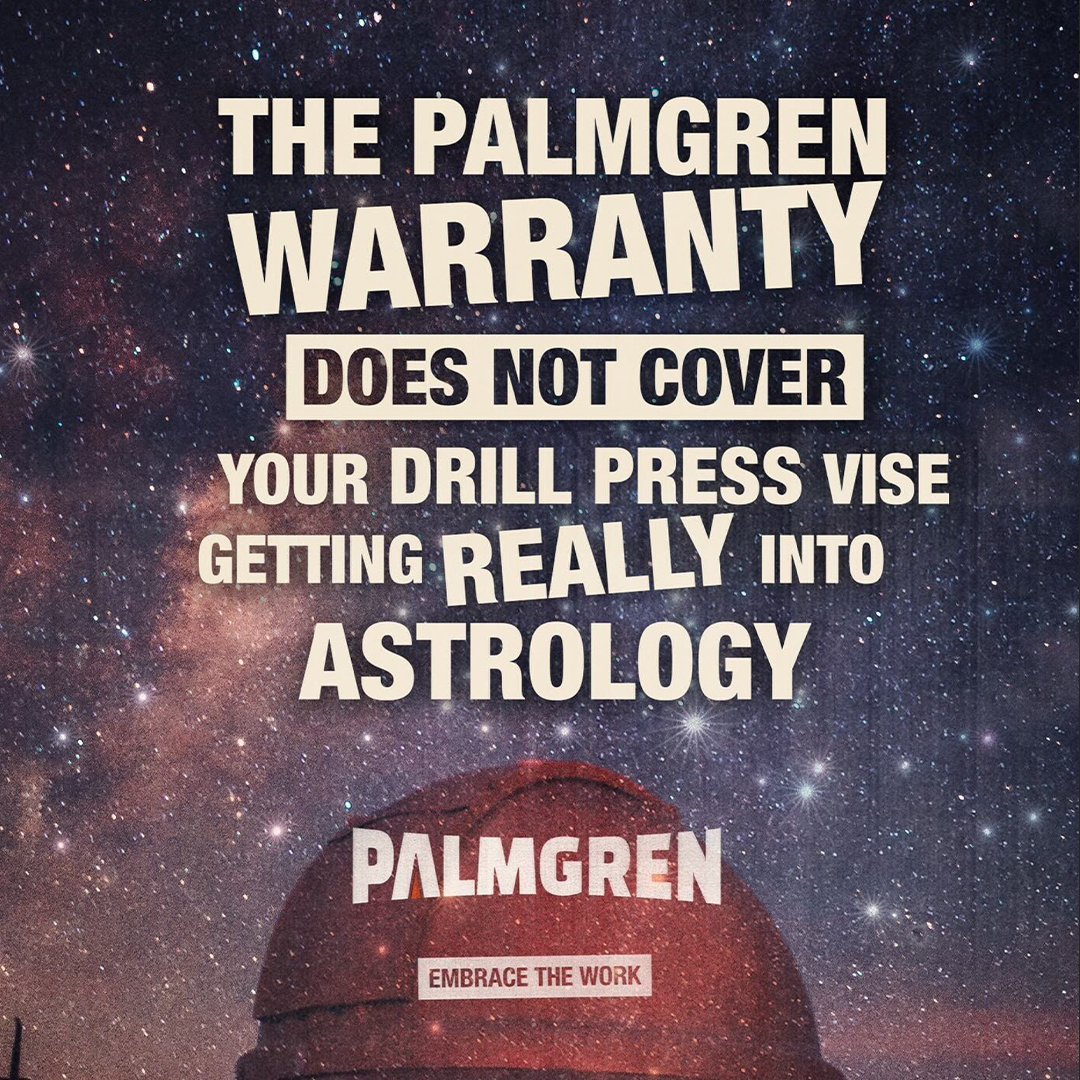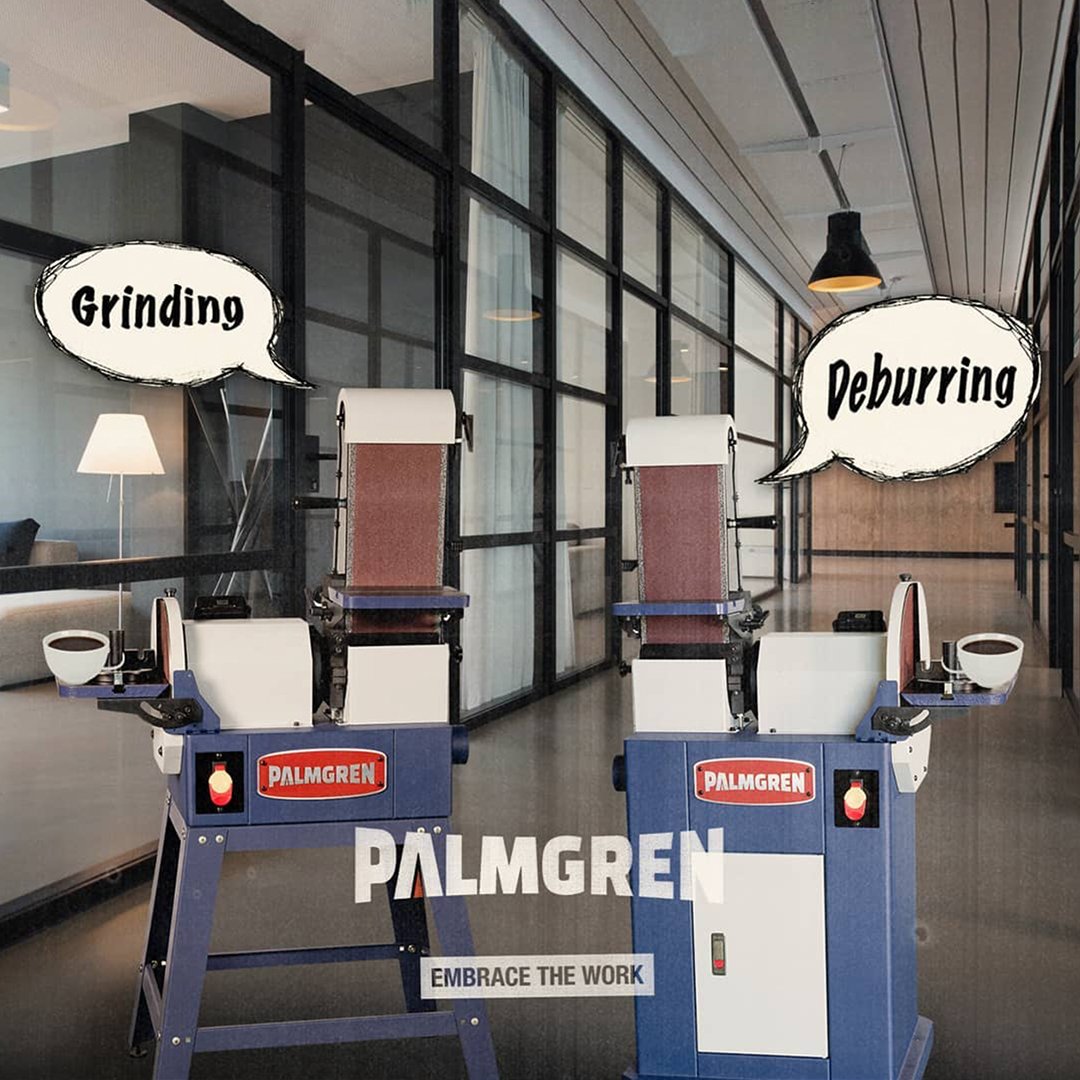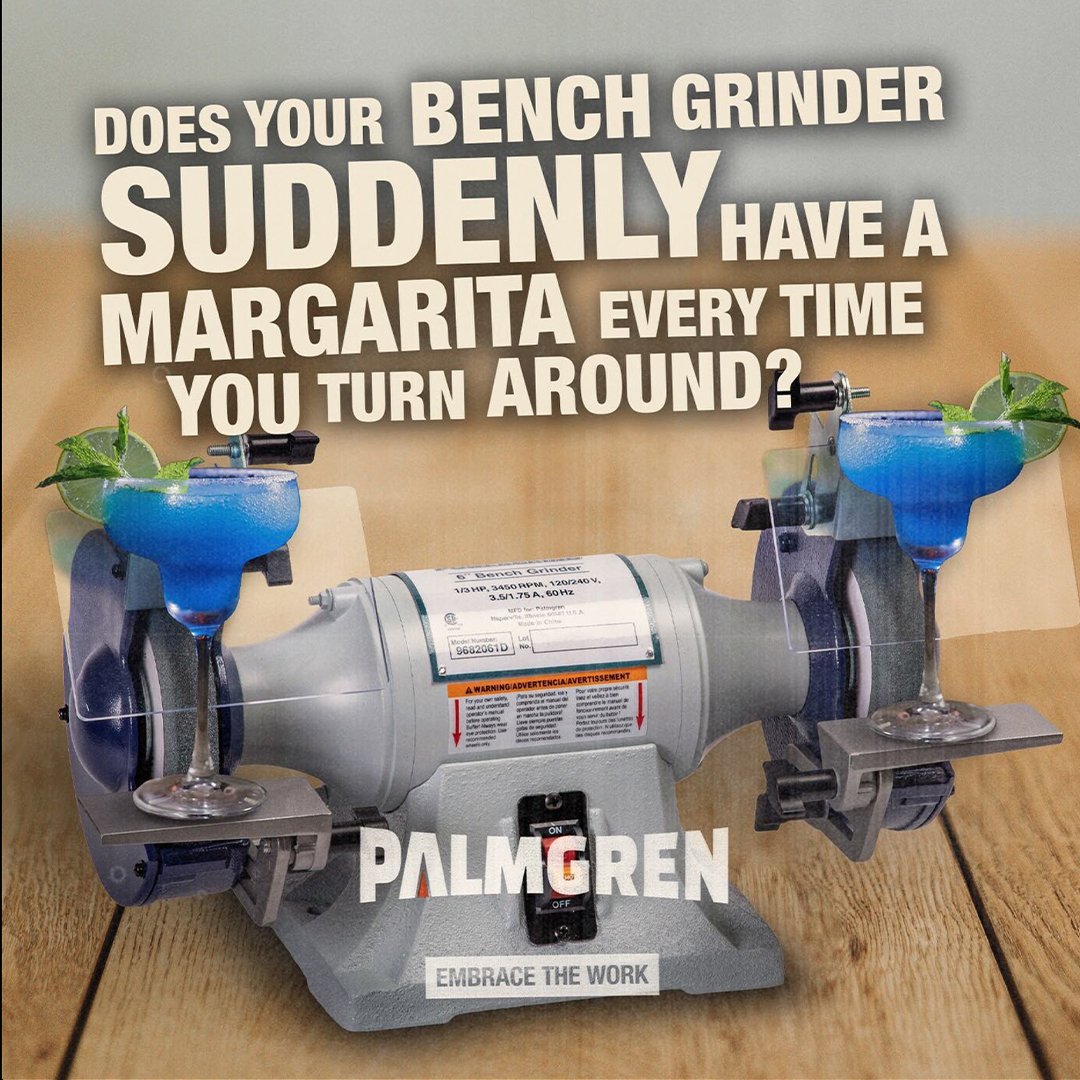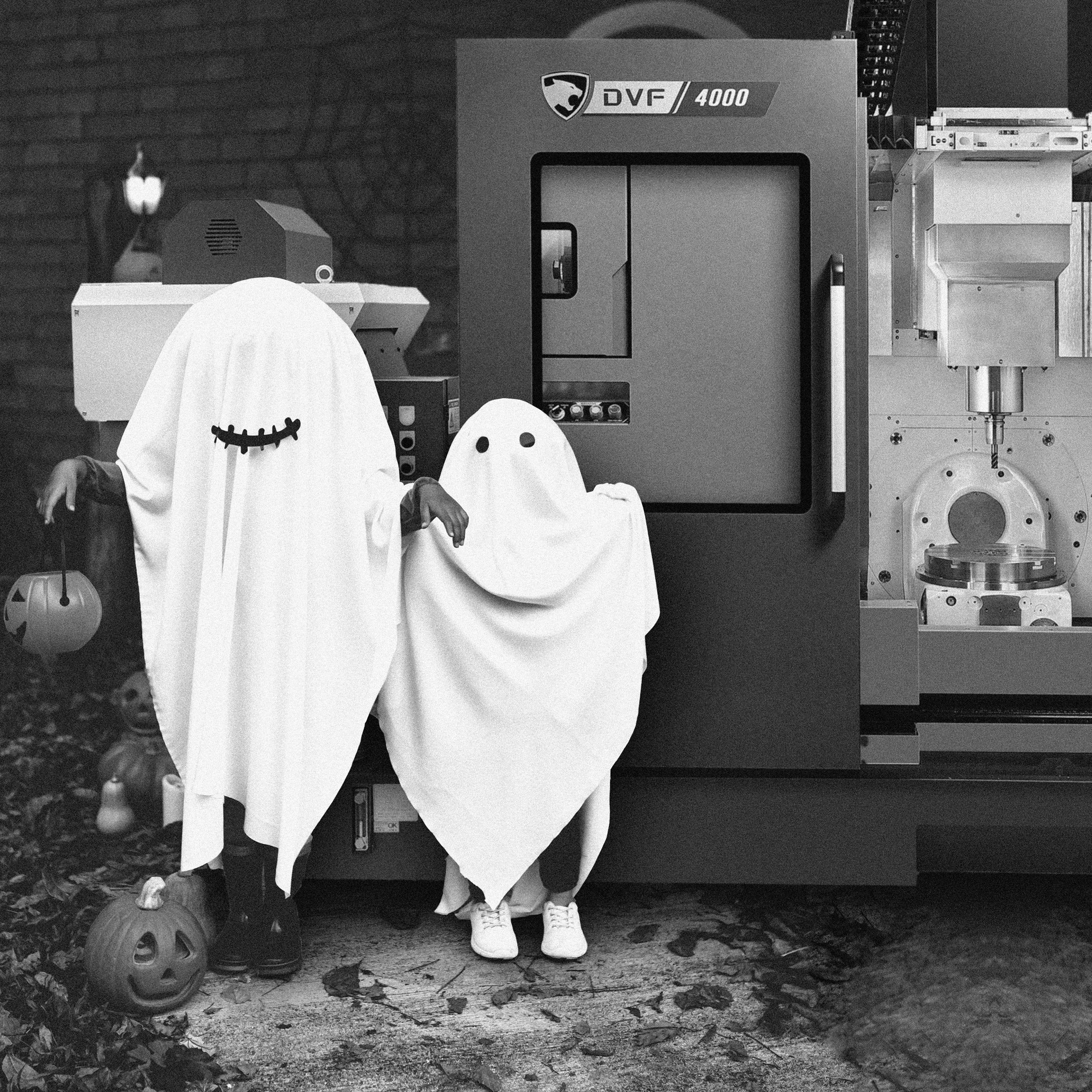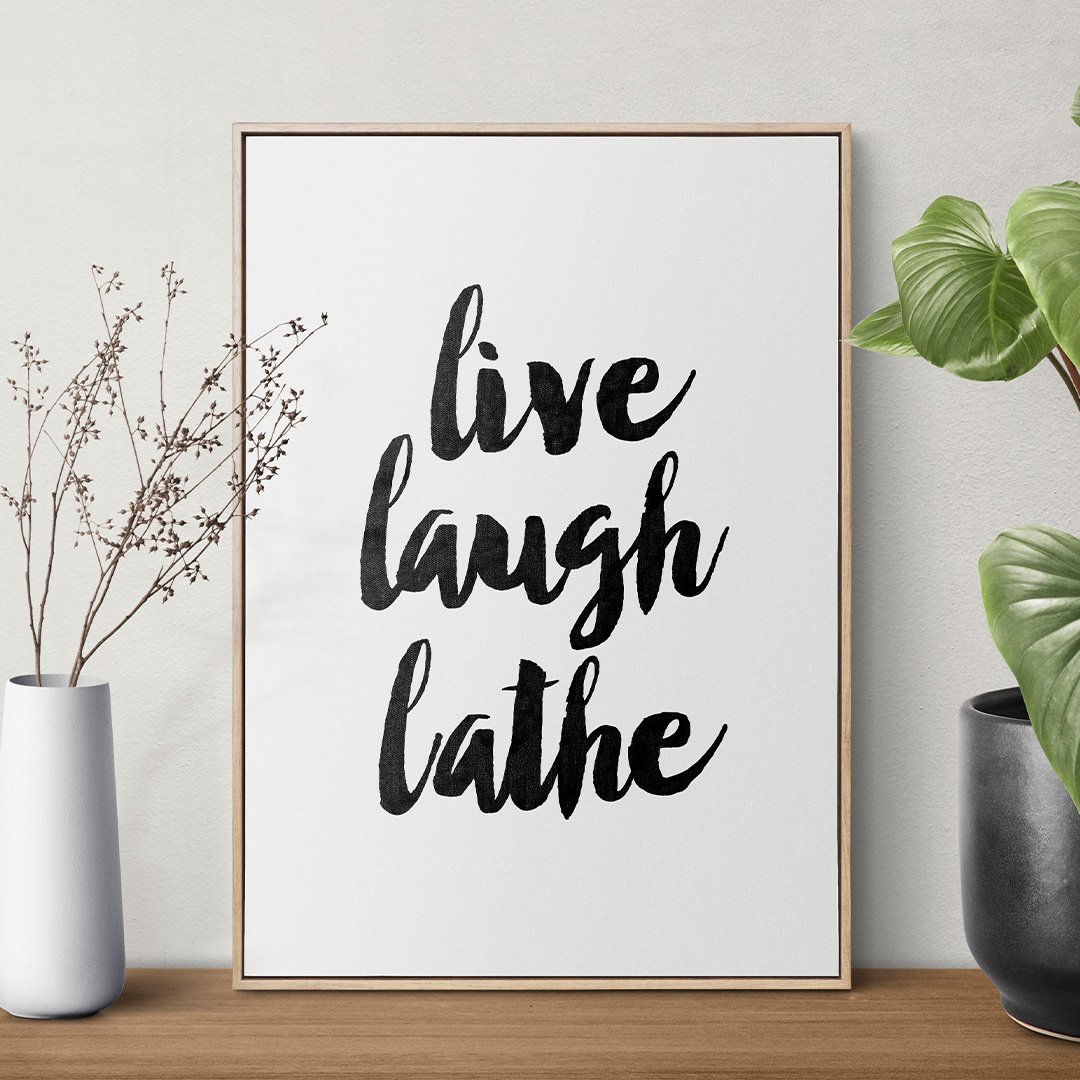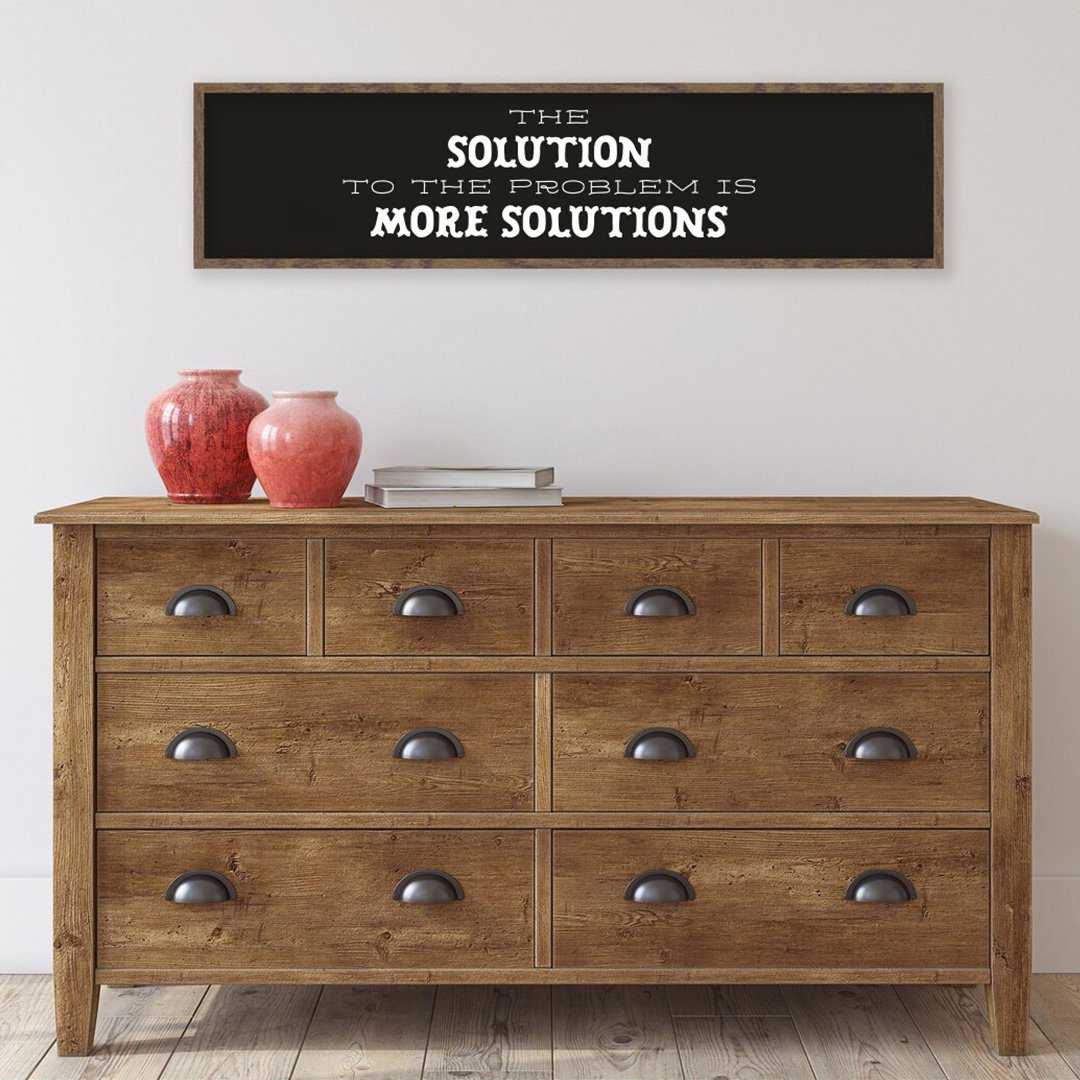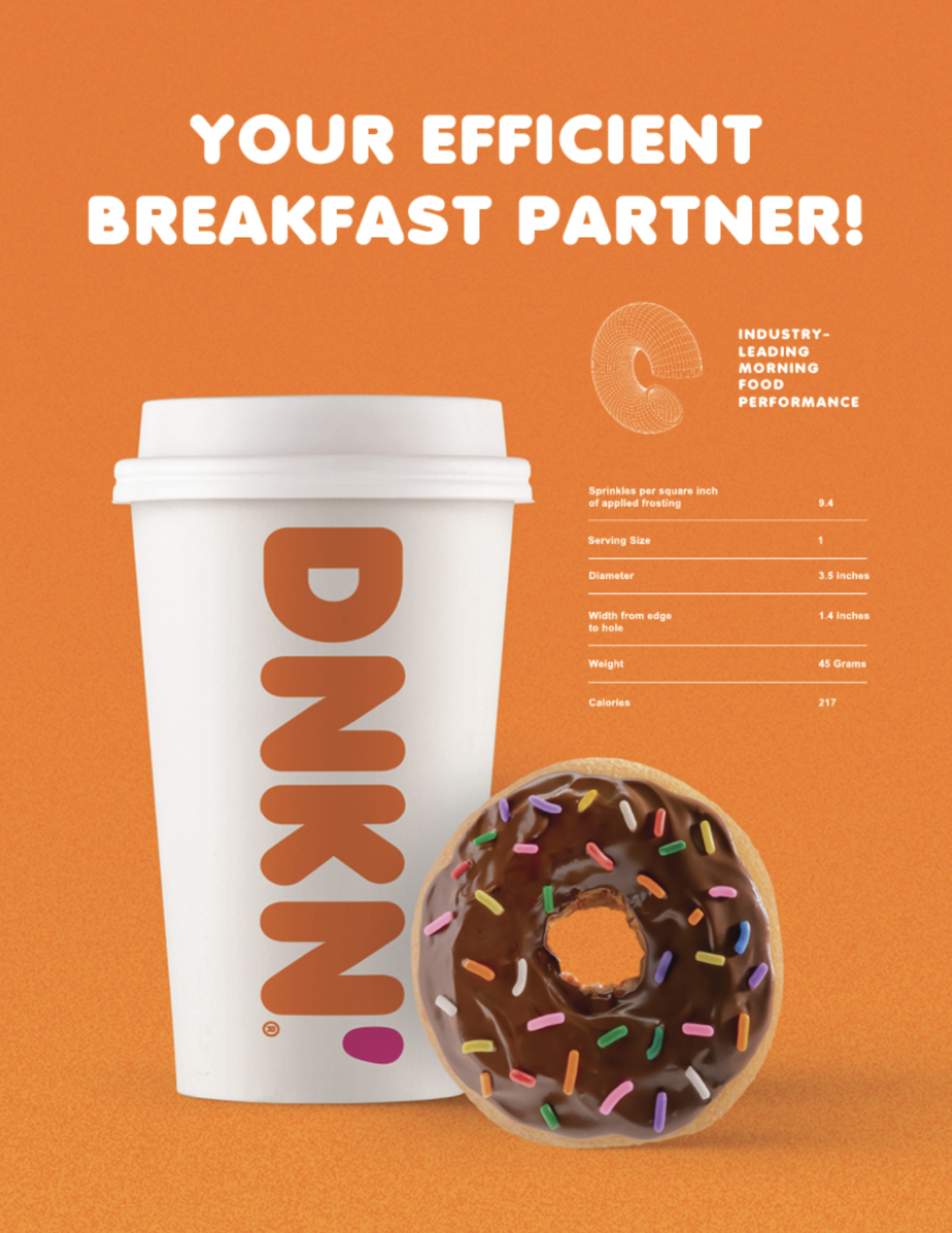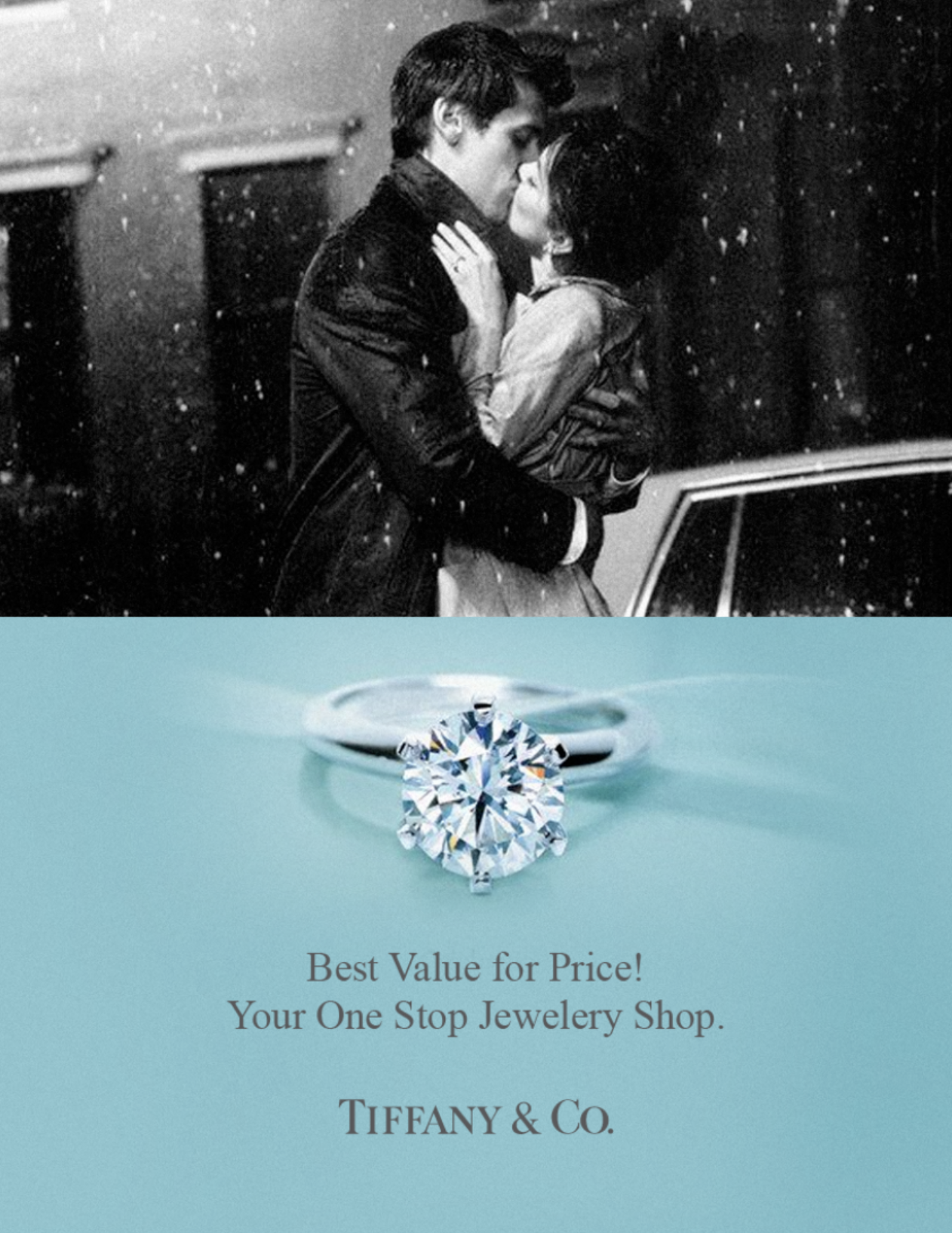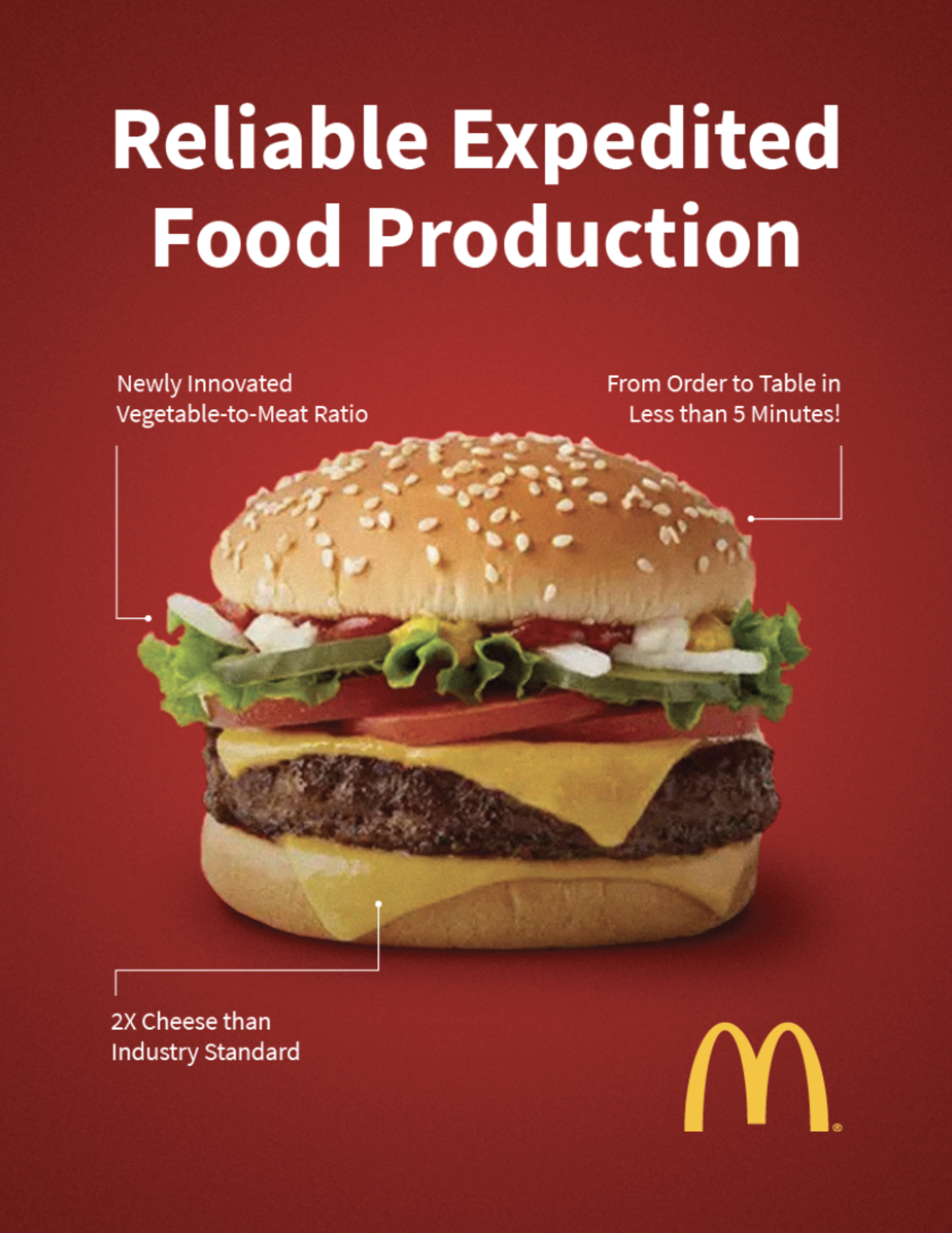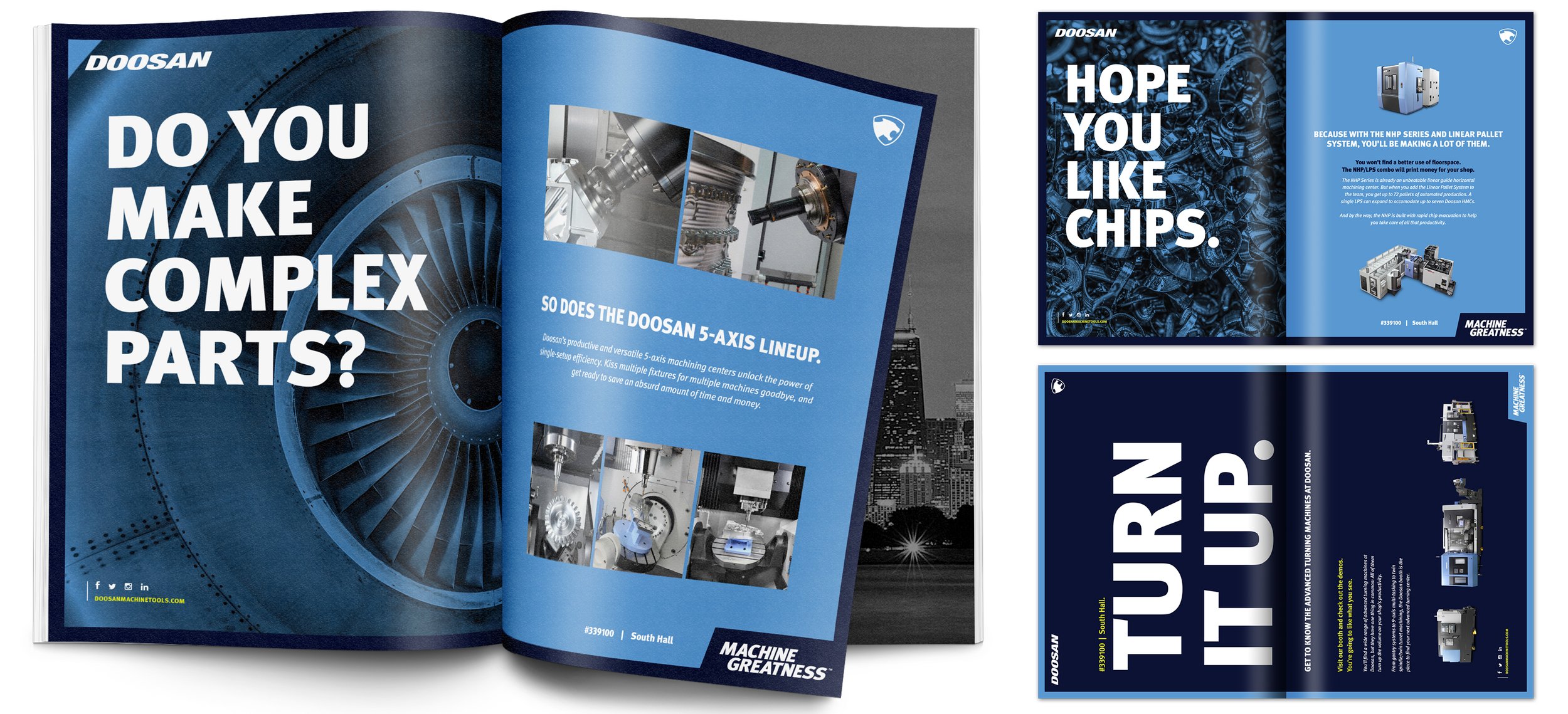A Foolproof Guide to Using Humor in Marketing
Two marketers walk into a bar. Bartender says, “did you know 90 percent of people are more likely to remember ads that are funny?”
“That’s nice,” the first marketer says, “but I wish you’d told us to duck.”
A lot of companies use humor in their marketing. Some do it better than others. Lucky for you, we have a real-life comedian on staff (his comedy special is very good and currently has 60K views on YouTube), and he is here to answer questions and share a few tips to help you get started.
Why should I use humor in my marketing?
Because it’s fun and people like it. Next question.
But what if no one else in my industry uses humor?
Then get ready to stand out, skeptical B2B marketer!
Humor makes people happy, and emotions like happiness and joy are strongly linked with memory. When you use humor in your marketing, you create an emotional connection with your customers that will make you more memorable when it’s time for them to buy.
According to the B2B Institute, B2B marketing strategies that appeal to an audience’s emotions deliver far more value in terms of sales, profits and revenue than campaigns that only appeal on a rational level.
Can it backfire?
Sure, if you do it wrong. There’s a time and a place for jokes. Use common sense. One of the oldest rules in comedy is punch up, not down. Don’t make fun of people or groups of people beneath you.
If you’re number one in your industry, making jokes about your competitors could make you look like a bully. But if you’re a challenger brand, taking a couple of shots at the top dog could help you get noticed.
Are there things I shouldn’t joke about?
That’s harder to answer. Some say, “don’t joke about controversial topics like politics or religion.” Pretty good rule. That said, some brands have been very successful with it. What matters is that you know your brand and your customers.
The number one rule that is universally true: don’t do anything that would upset the people who give you money. That would not be smart.
How to tell marketing jokes that don’t suck
Be original
A lot of blogs about humor in marketing will tell you to follow meme formats. Don’t do that. Memes have a shelf life of two minutes before the joke gets old. Remember that post you shared about the Harlem Shake? That thing aged like milk.
The reason people still talk about the Dollar Shave Club.com video is because it was original, and it was authentically them. It still holds up after all this time. No one would have cared if they made branded versions of Grumpy Cat or whatever memes people were sharing in 2012. Think big and try something different! Otherwise, no one will notice.
Do the unexpected
Jokes are like magic tricks: way less fun if you can figure out how the trick is done. If the audience can guess where your joke is going, they’re not going to laugh. Keep them on their toes and hit them with something they’ve never seen before.
Don’t try too hard
You can’t force comedy. There is nothing less funny than someone trying to be funny. Just let the jokes come naturally. Laughs (and memorability) will follow.
Also, once you start incorporating comedy into your marketing, you don’t have to make everything funny. It’s okay to use humor sporadically. In fact, we would argue it’s more effective in those smaller, unexpected doses.
Be authentic
Knowing your brand is critical for making good jokes. You need to understand both who you are and how you’re perceived by others.
Your jokes should ideally remind your customers of what they like about you and reinforce that message in a fun way.
You can’t focus group the funny
It’s important to think about your audience when writing jokes, but not in the way you probably think. You want to make sure that your jokes are being interpreted the way you intend and that you’re not saying anything that could cost you sales.
But, you will never really be funny if you start by trying to figure out what your audience finds funny. You’ll end up with Cavemen. Remember that show? Yick.
You should do what you think is funny first, then check to make sure it’s working. Never the other way around.
Write about what you know
The easiest way to start writing jokes is to focus on the things you know better than anyone else: yourself and your products.
Jokes are simple. They’re just a setup and a punchline. The setup creates an expectation and the punchline subverts that expectation. They think you’re going to zig, but then they zag.
If you’re trying to make a topical joke or your own version of a popular meme, you not only have to subvert the expectation created in the setup, but you also have to account for what people already think about that topic and take it in a direction different from all the other jokes and memes they’ve already seen on it.
Focusing on yourself first makes your job much easier because you only need to worry about what they think about you. And that’s something you should already know. Fingers crossed.
Need help writing hilarious, effective content for your brand? Give us a shout. It’s one of the things we love to do.


